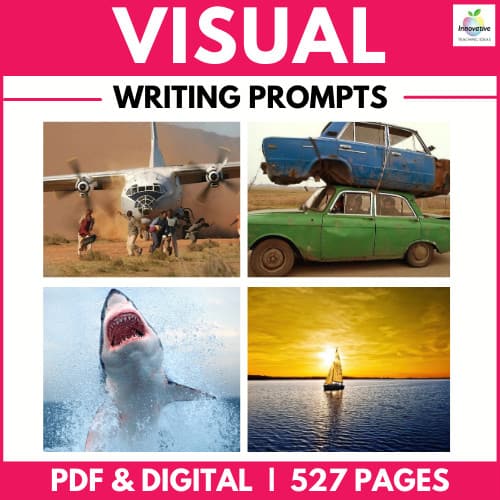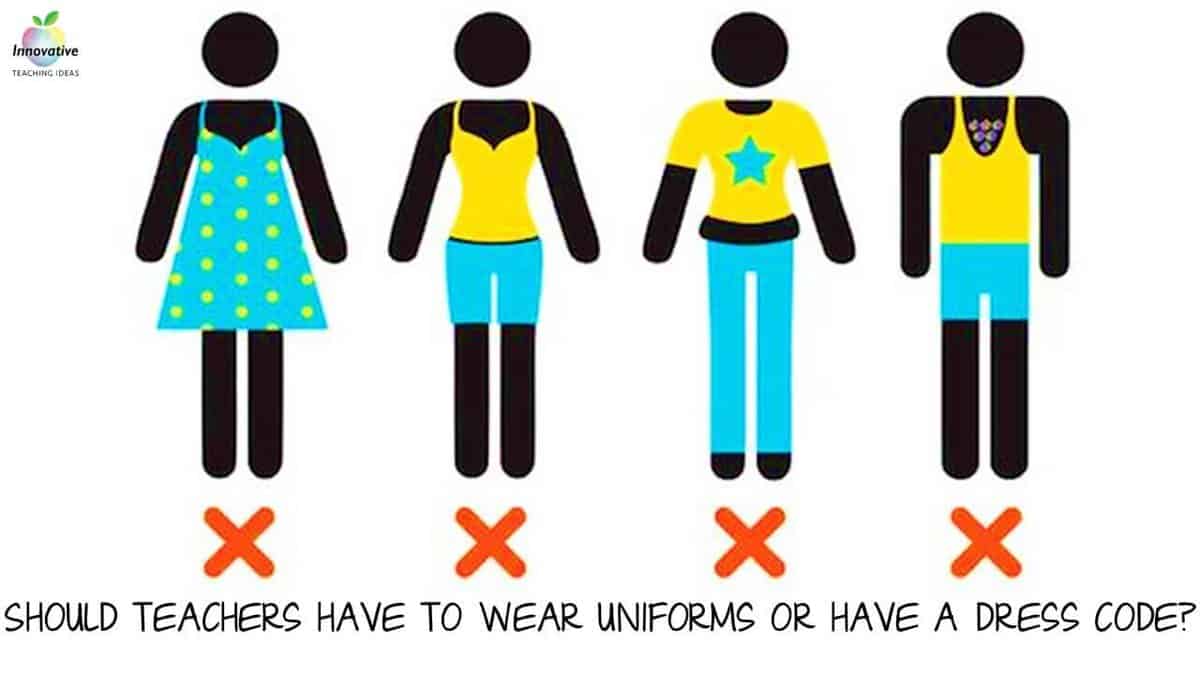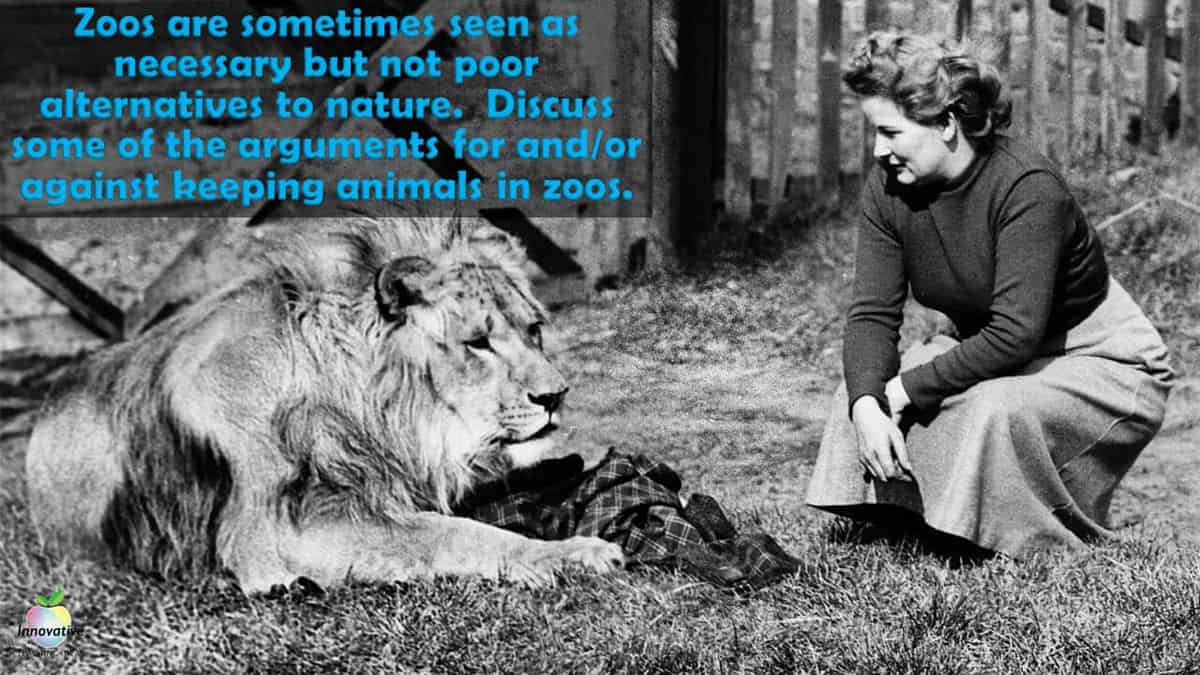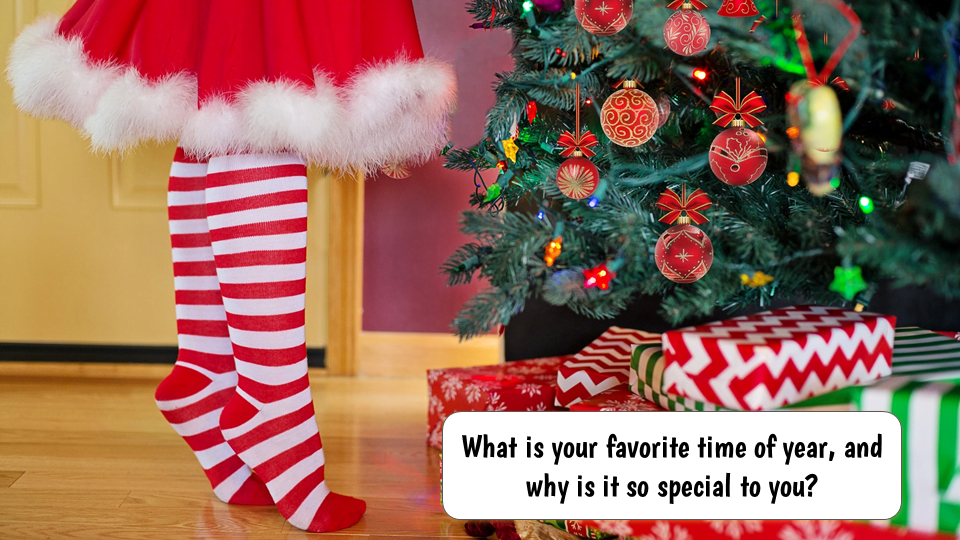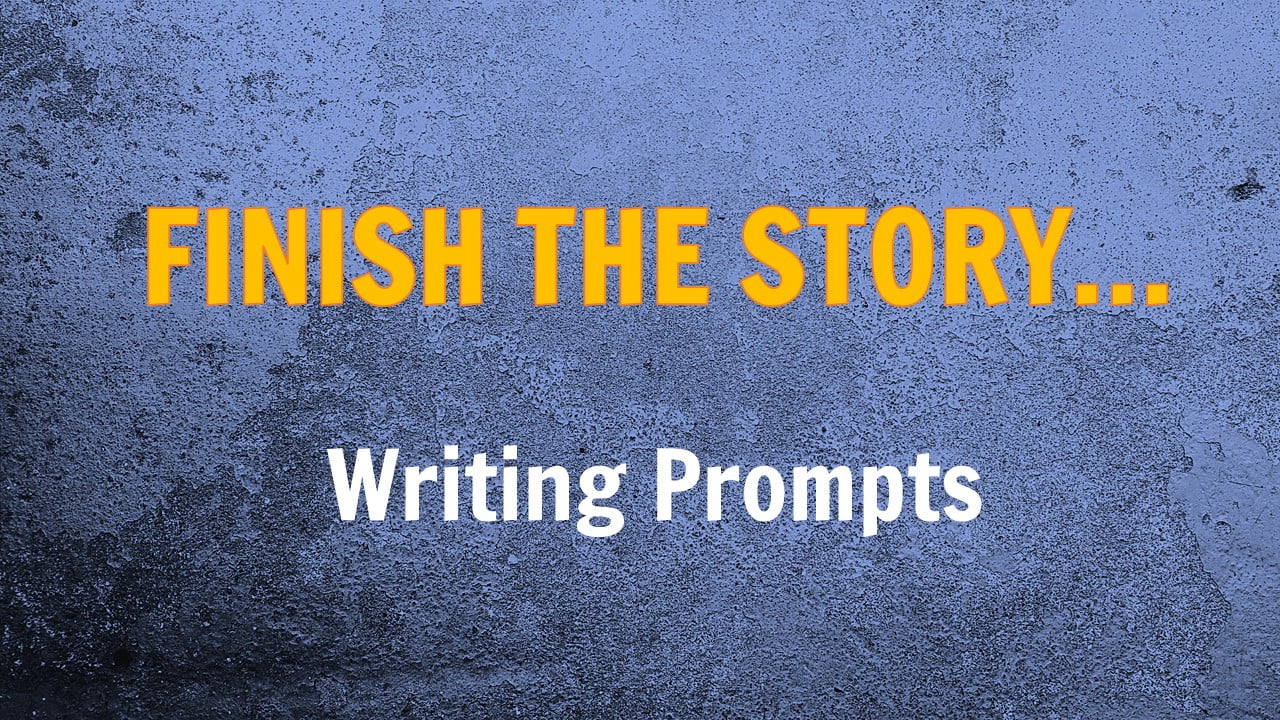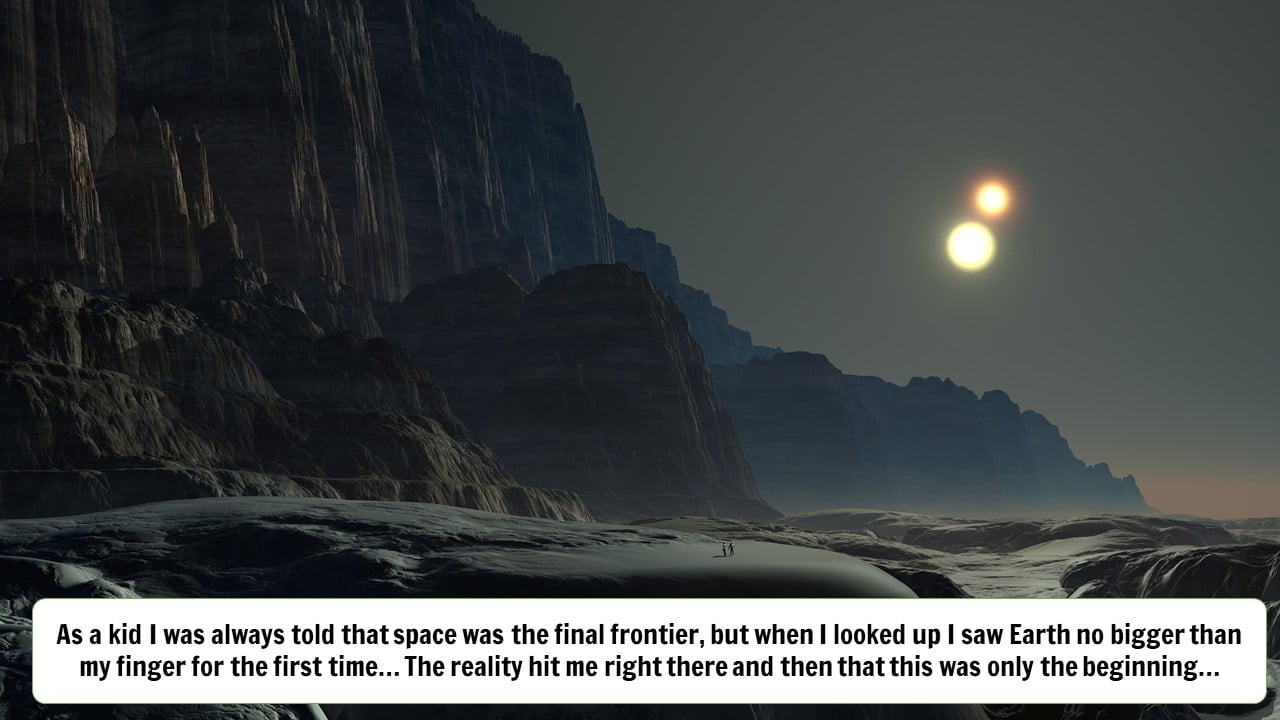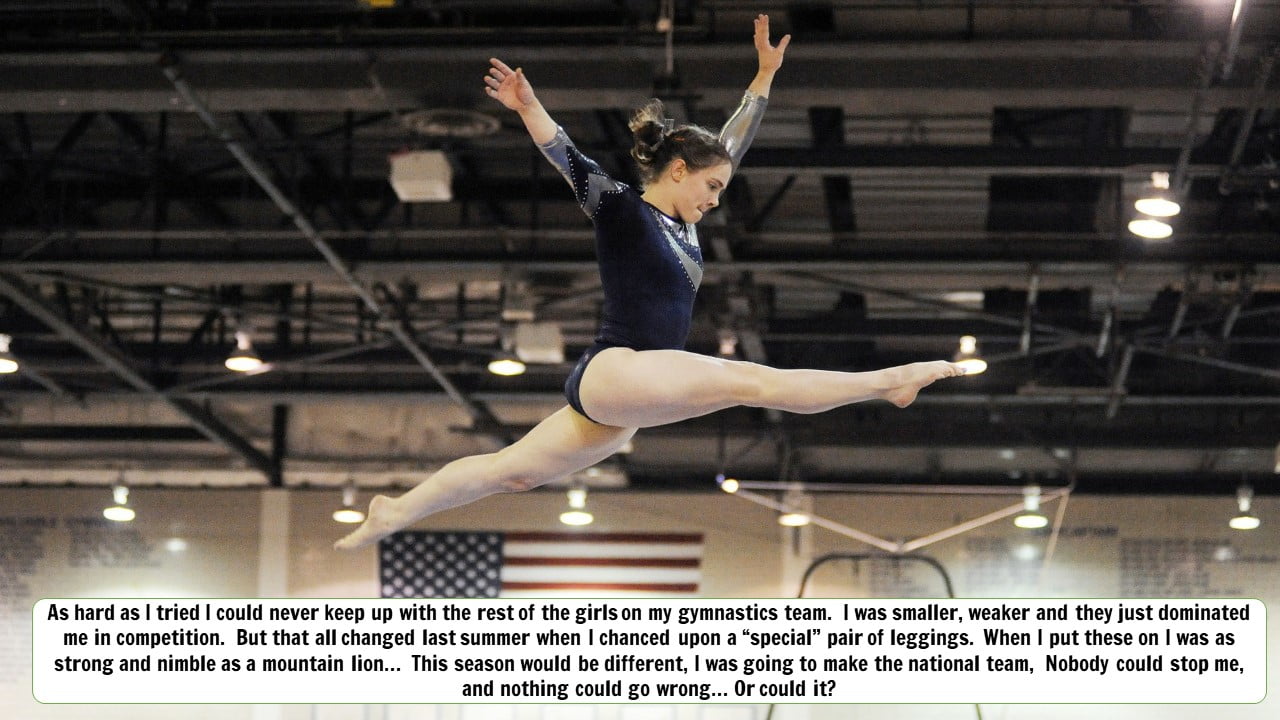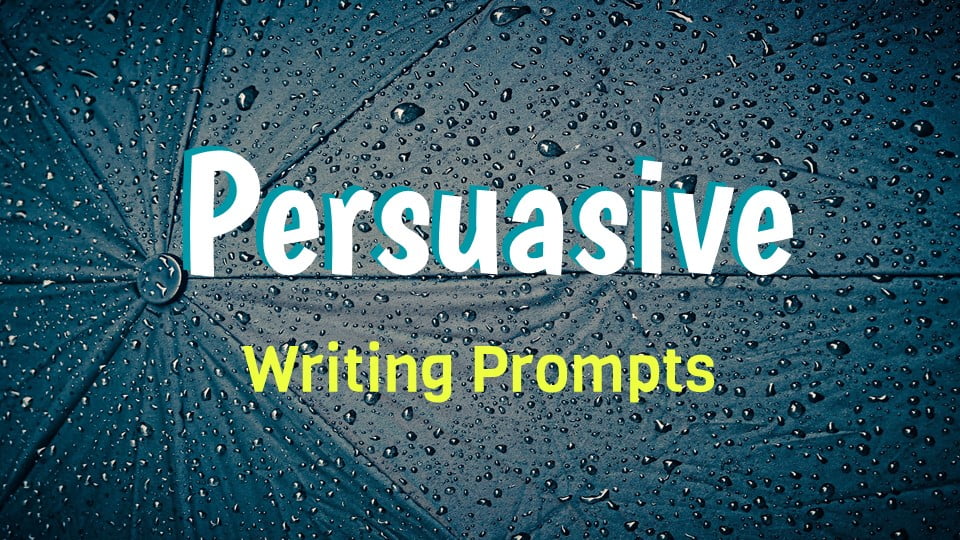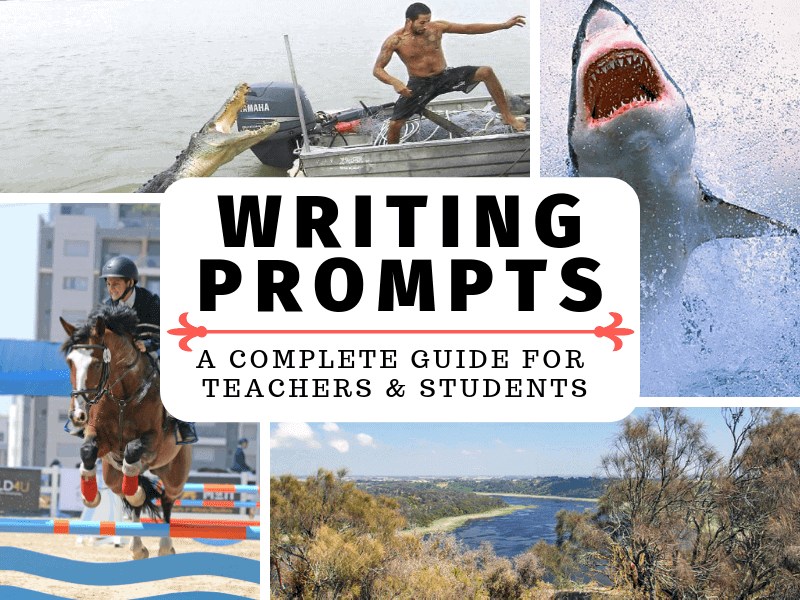
HOW TO FIND GREAT TOPICS TO WRITE ABOUT FOR STUDENTS AND TEACHERS.
Any writers out there among you will know well the tyranny of the blank page. Essentially a fear of the unknown, we often refer to this phenomenon as writer’s block. Our students too are no strangers to this experience when the empty page itself stands like a wall between their conscious and subconscious. At times, nothing can seem quite as daunting as that virginal sheet of paper accompanied with instructions to write x amount of words on it.
In situations such as these, we need to be able to offer our students some effective means of kick-starting their writing engines. Luckily, this is exactly what writing prompts are for; they are designed to engage the interest of our students, with the intention of spurring them to write in a creative and reflective manner. So, how is this best achieved?
Later in this article, we will look at ways to generate our own writing prompts, as well as some strategies for us to help our students to effectively unpack writing prompts. To achieve either of these, however, it is essential to first examine exactly what writing prompts are and how they work. Let’s get started.
Year Long Inference Based Writing Activities
Tap into the power of imagery in your classroom to master INFERENCE as AUTHORS and CRITICAL THINKERS.
⭐⭐⭐⭐⭐ (26 Reviews)
This YEAR-LONG 500+ PAGE unit is packed with robust opportunities for your students to develop the critical skill of inference through fun imagery, powerful thinking tools, and graphic organizers.
In their simplest form, a writing prompt may take the form of a basic question. However, the most effective writing prompts are just a little bit more complex than that.
Firstly, there are two fundamental elements of most effective writing prompts, namely the situation and the accompanying directions.
In a writing prompt, the situation presents to the students the general subject or topic that they will be writing about. This may be dictated by the course material, in the case of exams for example, or be a situation designed to pique the students’ interest and to encourage them to write in an imaginative or creative way. Either way, the description should be within the students’ broad sphere of knowledge or experience. It should be something that inspires them to respond in words, rather than freeze in fear.
Directions, in the context of a writing prompt, refer to the actual writing task itself. The directions will lay out what the student is expected to do in their writing. This task may require the student to perform a single step or a series of steps.
The best writing prompts are designed in such a way that they stimulate students to want to express themselves. With careful reflection and skilful composition, writing prompts can inspire students to want to put pen to paper, even on the most apparently uninspiring of topics.
Putting writing prompts into Practice!
To help students analyze writing prompts, and to recognize the situation and directions within a writing prompt, organize students into pairs of talking partners. Provide each pair with a list of various writing prompts and two different colored highlighter pens. Students can work their way through the list of prompts, discussing and identifying the situation and directions in each. They can then highlight in the appropriate color accordingly.
UNDERSTANDING DIFFERENT TYPES OF WRITING PROMPTS
The nature of a writing prompt will be informed by the genre of the writing it is intended to prompt. While there are numerous possible writing genres to explore, we will take a look at three of the main genres students will encounter, as examples. These are expository, narrative, and persuasive writing.
MOST POPULAR ESSAY WRITING PROMPTS OF 2021 FOR STUDENTS
EXPOSITORY WRITING PROMPTS
Expository writing allows the writer to ‘EXPOSE’ their thinking on a specific topic. It is an extremely popular type of writing because everyone has an opinion and this is one of the best styles of essay writing to share it. If you want to learn how to write an exposition click here.
Example Prompt: People make their dietary decisions for a wide variety of reasons. Describe how and why people choose the particular foods they eat.
NARRATIVE WRITING PROMPTS
These prompts will ask students to describe a real or imagined event and will encourage students to tell the story of that event. These are great fun and go in so many different directions depending upon your students’ creativity and imagination. Be sure to use them to plant the seed for some amazing creative writing opportunities.
Example Prompt: “There is no losing. There is only winning and learning.” Think of a time in your life when this quotation was true for you. Tell the story of what happened and what you learned in the process.
For a complete guide to narrative writing, be sure to check out our guide here.
PERSUASIVE & OPINION WRITING PROMPTS
The purpose of a persuasive text can be varied. Maybe you are intending to influence someone’s opinion on a specific topic or you might be aiming to sell a product or service. These prompts will ask students to present an opinion and convince the reader of the merits of that position.
The challenge in writing a good persuasive text is to use a mix of emotive language and in some cases images that are supported by hard evidence or other people’s opinions. Be sure to check out our complete guide to writing a persuasive essay here and enjoy our persuasive writing prompts below.
Example Prompt: The school principal has announced that, due to budget constraints, all future school field trips will be cancelled. Write a letter to convince the principal to reinstate funding for field trips. Give specific reasons and examples to support your position.
ARGUMENTATIVE / DISCUSSION ESSAY PROMPTS
Teaching our students the basics of argument and discussion is not about tooling them up to ‘win’. The processes of discussion are as much about the student discovering what they think as they are about persuading others to agree with them. As students mature and get more practised in their discussions they will discover that often discussion is a necessary precursor to having an opinion on a given topic, no matter how basic or advanced that topic may be.
Be sure to check out our complete guide to writing Arguments and Discussions here. And enjoy our prompts below.
RECOUNT WRITING PROMPTS
Make the most of your memories and imagination with these engaging recount writing prompts for students of all ages and abilities. These are probably the easiest starting point for most students as everyone already has memories of significance.
We have a very thorough guide to recount writing here for students and teachers.
CREATING YOUR OWN WRITING PROMPTS

As with the genres above, when analyzing a prompt prior to writing, or creating an original prompt for your students, it is important to adequately define the purpose of that writing. The criteria for the writing genre itself will provide the starting point for the creation of a writing prompt.
Let’s now take a look at a useful step-by-step process to help you produce your own prompts for your students.
i. Brainstorm
The process of creating your own writing prompt will begin with brainstorming. We often think of brainstorming as the unloading of random ideas down onto a page in the hope of uncovering some gold. Here, however, the process needs to be a little more selective. Begin by considering the writing genre you wish the students to engage in. Consider the criteria of this genre and think about what topics or subjects best lend themselves to being explored in this type of writing. Then, when you have identified a suitable topic, it is safe to begin jotting down your thoughts and ideas.
ii. Organize
Once you have jotted down some thoughts and ideas on your chosen topic, it is time to begin to organize those thoughts and ideas into a coherent structure. To do this, we need to refer back to how writing prompts work. The two-part structure of a situation and its accompanying directions works effectively here. When you have isolated a situation, you can then begin to come up with the directions for the student to follow to complete the task. Another approach can involve beginning the process by looking at assessment criteria and reverse-engineering the situation and related directions from this starting point. Poignant quotations can also serve as starting points.
iii. Write
Now you have defined the situation and the directions of your prompt, it is time to compose coherent sentences that articulate these. Less is truly more here. Write and rewrite. Refine your prompt down to the bare essentials, there should be no superfluous detail here. The leaner the writing, the easier it will be for your students to identify the purpose of the task itself. Remember: merciless editing is the key here; cut the fat!
HELPING STUDENTS TO UNPACK WRITING PROMPTS
There are many excellent writing prompts freely available on the internet. There are lots of fantastic ones on this very site too! However, one of the main reasons I recommend that teachers take the time to practice writing a few of their own prompts for their students is the insight it affords the teacher. This insight will be greatly beneficial in helping you to prepare your students for responding to writing prompts.
So, now that you have a clear understanding of how to construct your own writing prompts, you will be well placed to tool up your students to effectively unpack any writing prompts you put before them.
Train your students to ask themselves the following questions before they respond to a writing prompt:
i. What kind of writing is involved?
The first step here is for the student to identify the genre of writing they are expected to engage in. If they have been diligently paying attention in class, they should already be familiar with writing for a broad range of purposes and the related criteria for each of these purposes. For example, does the prompt relate to narrative writing, expository writing, or persuasive writing, or another genre they are familiar with? Answering this question will help the student to identify, among other things, how they will structure their writing and the tone of the language they will employ.
ii. How many things do I need to cover in my answer?
Yes, ‘things’ is a vague word! Here, we are referring to how many areas they need to cover in response to the prompt. Often, and particularly for nonfiction genres, the directions in more complex prompts will ask questions that will require the student to cover a number of different areas or points. Students should be sure to identify clearly each of these areas. Annotating the corresponding parts of the prompt’s directions with numbers is a useful way for students to produce a quick checklist to help ensure they cover all parts of the prompt in their response. Highlighters can also be a helpful tool here.
iii. How do I prepare?
Students will likely be aware of the importance of planning as an essential part of the prewriting process and responding to prompts is no exception. Even in high-pressured exam situations where students write essays against the clock, spending some time mapping out a rough plan is time well-spent. Encourage students to brainstorm their ideas before they begin writing. This is most often done by thinking in terms of paragraphs, but the plan itself can take a variety of forms determined by experimentation on the part of the student to reveal the methods that work best for them.
During Literacy lessons, encourage students to experiment with mind maps, Venn diagrams, and other organisational forms to find what works best for them and when to use them. This will help them make efficient use of the time available to them, whether that is at home, in class, or in an exam situation.
In Conclusion…
Now we have outlined the structure of effective writing prompts, it is time to make use of them in class. The more opportunities students have to gain experience responding to writing prompts, the more effective their responses will become. Remember too, responses to these prompts do not always need to be in a written form. We don’t want to turn our students off writing by exhausting them. You can also use ‘writing’ prompts to instigate class discussions or to solicit oral answers in the classroom. Encouraging students to respond orally to a writing prompt still provides them with the necessary opportunities to improve on their understanding of how to correctly address tasks of this nature. Get your students practicing – promptly!
So you have explored the process of how to write essays from our numerous free writing guides and now you are looking for some inspiration.
If it is writing prompts you seek you have certainly come to the right place. Here you will find beautifully presented visual writing prompts for all essay types.
Just click through the images below to find some awesome picture writing prompts.
OVER 500 PAGES OF AMAZING VISUAL WRITING PROMPTS

Tap into the power of imagery in your classroom to get your students to master INFERENCE as AUTHORS and CRITICAL THINKERS.
This YEAR LONG 500+ PAGE unit is packed with powerful opportunities for your students to develop the critical skill of inference through fun imagery and powerful thinking tools and graphic organizers.


